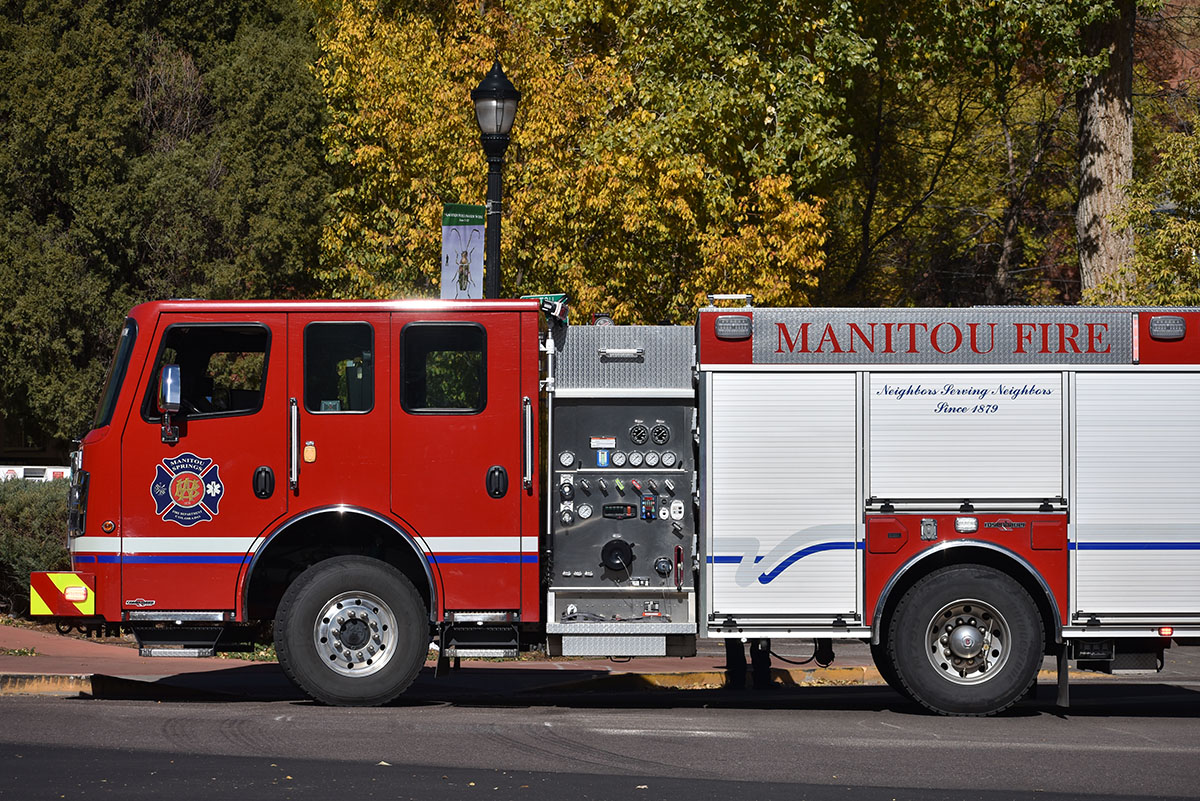To the editor:
Recalling the summer of 2012, residents of Manitou Springs experienced the worst wildfire in recent history. I’ve lived in Manitou for 34 years and cannot remember another event when the city was completely evacuated.
A year after the Waldo Canyon Fire, the burn scar caused significant flooding to the north side of town out of the Williams Canyon watershed.
I photographed the aftermath of the largest of a series of 2013 floods that caused considerable damage to the town. Although some steps were taken after the events to mitigate future impacts caused by flooding, in retrospect, I believe more should be done to ensure Manitou’s future climate resiliency.
I put together a web application best viewed on a desktop, laptop or tablet that tells the story of the 2013 Williams Canyon flood. We have 100 square miles of area above Manitou that drains through our town, and this story of just 2.71 of those square miles reminds us how vulnerable we are to climate change. See mediawerx.com/vr-wc.
Colorado Springs has put $20 million into a regional wildfire mitigation and prevention program. I sent a letter to all Manitou Springs councilors and city staff leadership on May 5, 2022, hoping to inspire them to make climate resiliency one of our city’s highest priorities.
The only response has been some discussion with Mayor Pro Tem John Shada, who expressed concerns regarding wildfire vulnerability. The first reading of Ordinance No. 1822, amending the 2022 budget for fiscal year 2022 to the tune of $2.6 million-plus, was on City Council’s agenda last week. Not one penny is budgeted for climate resiliency.
Evidently, I’m living on a different planet.
Dave Wolverton

